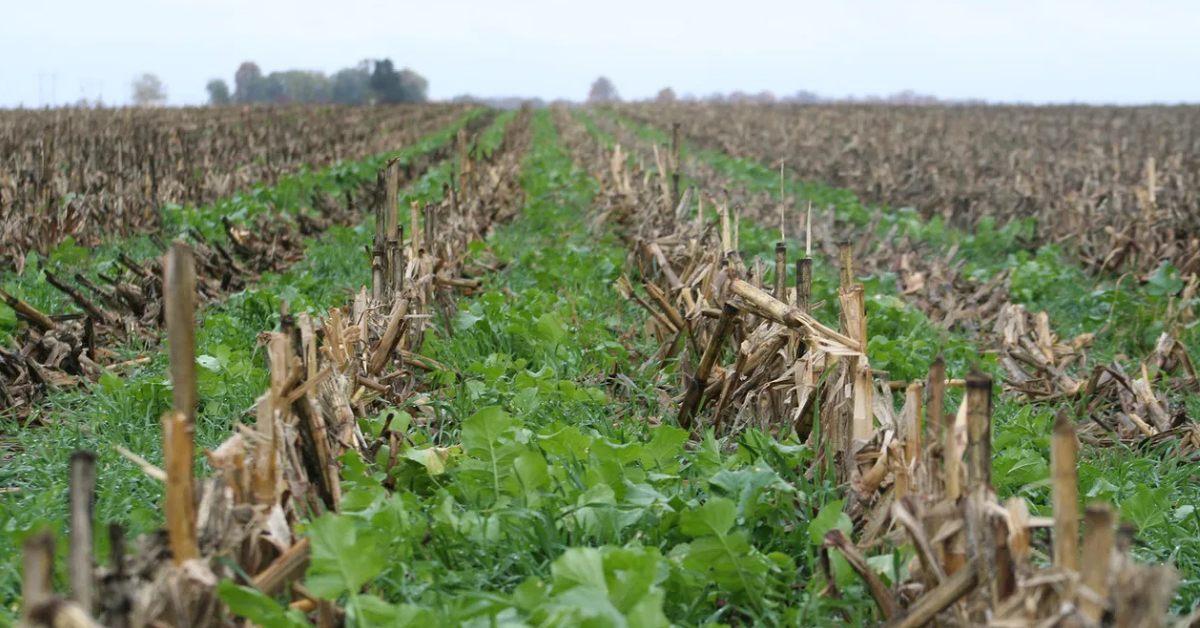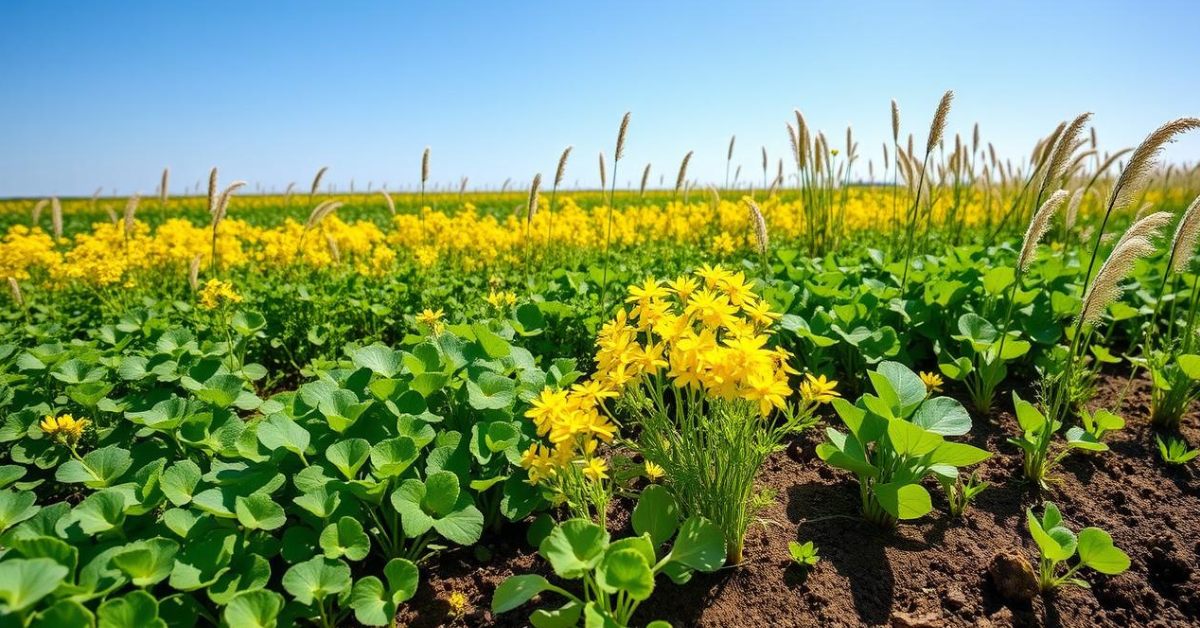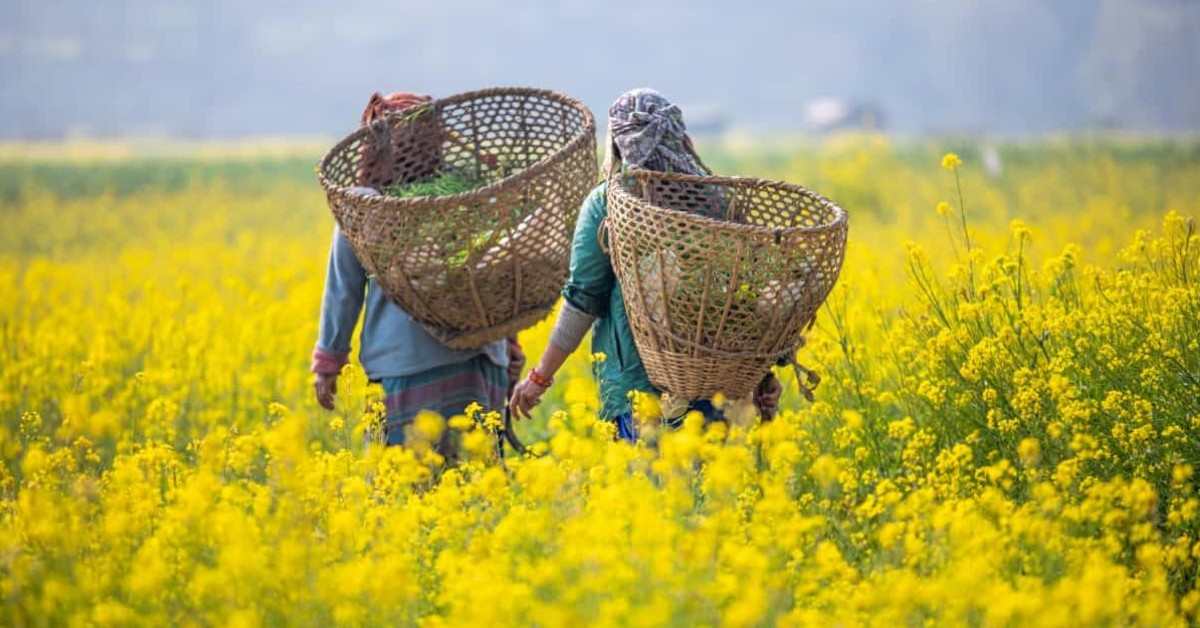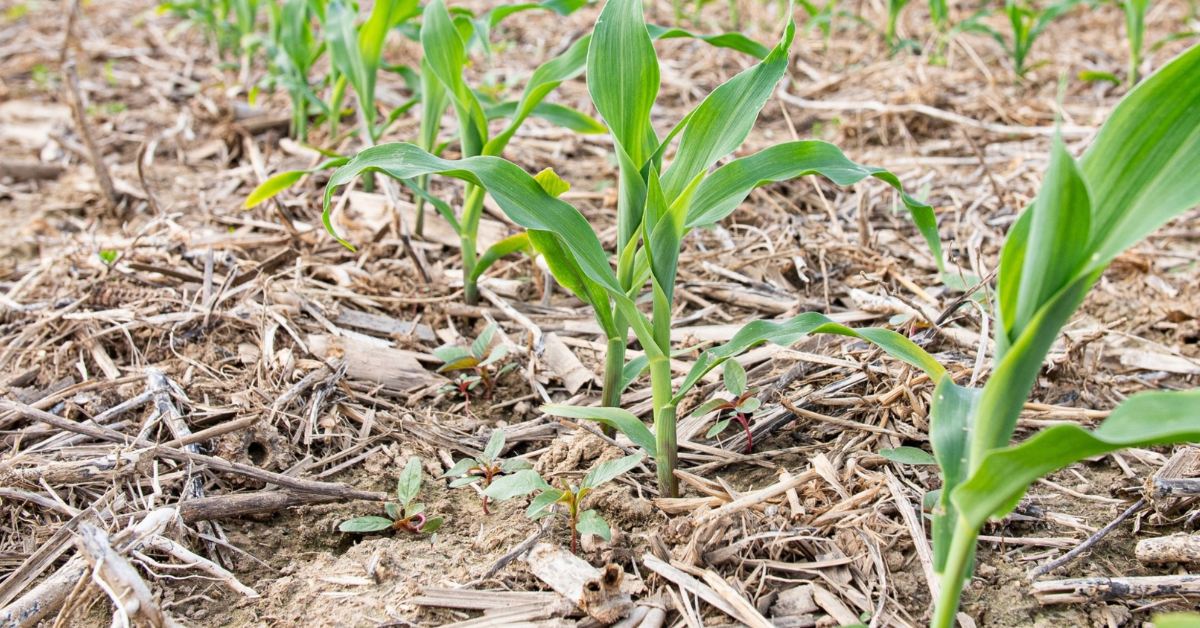Across India, decades of chemical-intensive farming, soil erosion, and monocropping have taken a serious toll on agricultural land. But nature has a solution — cover crops. Once sidelined, they are now being recognised for their powerful role in regenerating soil, reducing input costs, and building climate resilience.
So, what are cover crops?
Cover crops are plants grown not for sale, but to improve the soil. They cover the land during off-seasons or between crop cycles, helping retain moisture, suppress weeds, and replenish nutrients. For Indian farmers facing erratic monsoons and shrinking margins, cover cropping is a sustainable and smart strategy.
Why cover crops matter in Indian farming?
Cover crops provide multiple benefits:
- Fix nitrogen naturally, reducing the need for synthetic fertilisers

- Prevent erosion during heavy rains
- Improve water retention and reduce runoff
- Suppress weeds and soil-borne pests
- Add organic matter and support soil microbes
- By turning the land green even in the off-season, cover crops help prepare fields for better harvests ahead.
Top five cover crops for Indian conditions
Here are some of the most effective cover crops suited to India’s diverse farming zones:

1. Cowpea
Best for: Arid and semi-arid regions
Benefits:
- Excellent nitrogen fixer
- Drought-tolerant and fast-growing
- Suppresses weeds with thick ground cover
How to grow:
Sow during early monsoon (kharif). Requires light irrigation and grows well in sandy-loam soils.
2. Sesbania
Best for: Wetlands and paddy fields
Benefits:
- Grows rapidly (one and a half to two metres in six to eight weeks)
- Improves nitrogen content and soil structure
- Ideal green manure crop

How to grow:
Broadcast seeds post-rice harvest. Plough into soil before flowering for maximum benefit.
3. Sweet Potato
Best for: Humid and sub-tropical climates
Benefits:
- Spreading vines prevent erosion and suppress weeds
- Enhances soil organic matter
- Tubers can be harvested or left to decompose
How to grow:
Plant vine cuttings during early monsoon. Grows well in loose and well-drained soil with minimal inputs.
4. Mustard
Best for: Northern and central India
Benefits:
- Deep roots loosen compacted soils
- Acts as a biofumigant against soil pests
- Reduces erosion in winter
How to grow:
Sow in the late rabi season. Mow or plough under after flowering to return nutrients to the soil.

5. Green Gram (Moong Dal)
Best for: Across India
Benefits:
- Quick-growing legume (55–65 days)
- Fixes nitrogen
- Can be harvested for food or fodder
How to grow:
Ideal after rabi crops or between crop cycles. Requires sunlight and minimal irrigation.
How to use cover crops effectively
- Select the right species for your region, soil, and main crops.
- Plant during fallow periods, post-harvest, or between crop cycles.
- Terminate at the right time, usually before flowering, by mowing or ploughing into the soil.
- Minimal inputs are needed, making them low-cost and sustainable.
- Rotate and diversify each year to improve soil resilience and avoid pest build-up.

The payoff: Healthier soils and better yields
The long-term benefits of cover crops include:
- Reduced fertiliser and pesticide costs
- Improved soil fertility and crop quality
- Enhanced water-use efficiency
- Greater resilience to drought and climate stress
For farmers managing small plots or large holdings alike, cover crops offer a natural way to regenerate land without heavy reliance on costly chemicals.
No comments:
Post a Comment